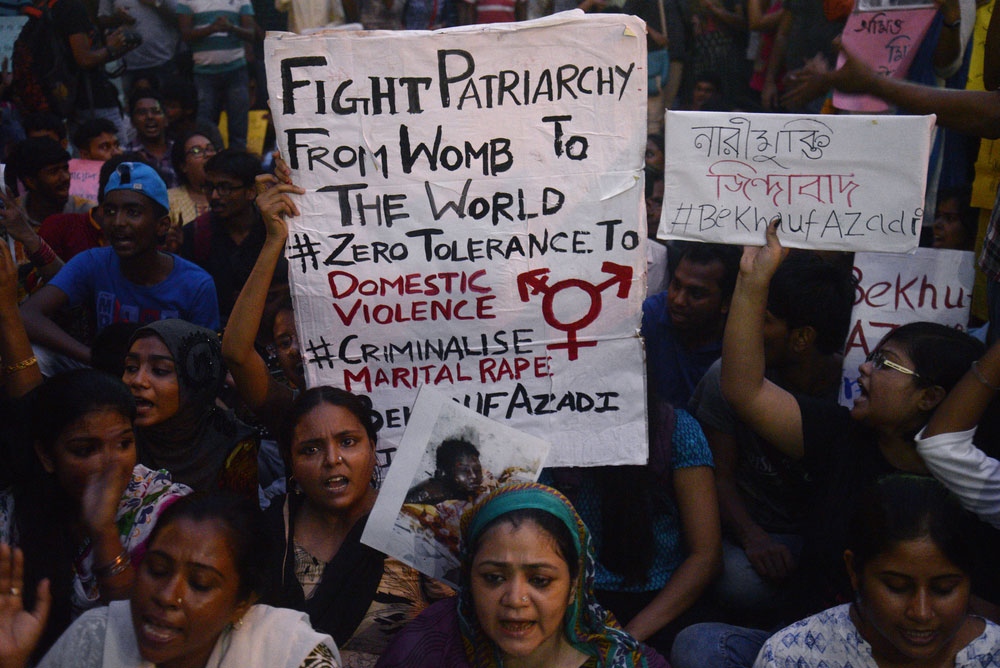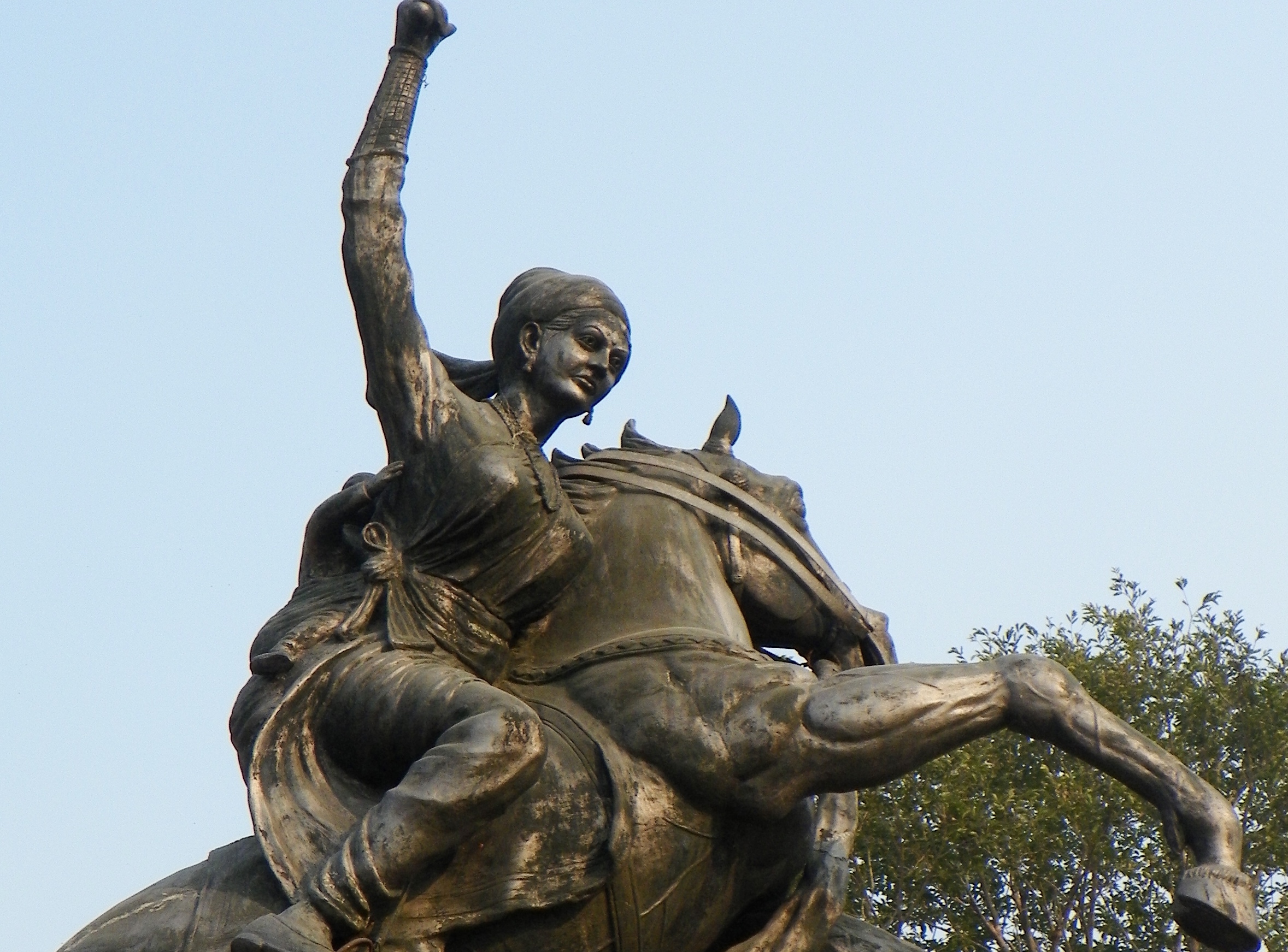“We need women at all levels, including the top, to change the dynamic, reshape the conversation, to make sure women’s voices are heard and heeded, not overlooked and ignored.”
— Sheryl Sandberg
Sexist remarks by politicians are nothing new in the Indian subcontinent. In recent days, we witnessed misogynist comments against women politicians that were made in the Indian election campaign. From talking about the size of Smriti Irani’s bindi to remarks about Jaya Prada’s underwear, from calling Priyanka Gandhi “skirtwali bai” to commenting on Mayavati’s facials, we have had quite a dose of sexism.
Misogyny, it seems, is somehow still being used as a tool to humiliate political opponents — one wonders if we are indeed living in the 21st century or the Dark Ages. Pakistani politicians are not far behind their Indian counterparts in this respect.
The chairman of the Pakistan Peoples Party, Bilawal Bhutto-Zardari, has been making highly-charged speeches against the Pakistan Tehreek-e-Insaf government in recent months. His speeches always irk the government. We first saw the former finance minister, Asad Umar, lashing out at him with a misogynist remark for using his mother’s surname, Bhutto. Then we saw Prime Minister Imran Khan endorsing Umar’s remarks and belittling Bhutto-Zardari’s choice of using his mother’s surname. As if that was not enough, last month, Khan called Bhutto-Zardari “sahiba” at a political rally. Khan said: “Unlike Bilawal Sahiba, I didn’t come into politics through a chit like the last will of his mother that gave him a political party in inheritance.”
Bilawal Bhutto was the one who called Khan ‘PM Select’ in his first speech at the National Assembly. Since that day, this term has been widely used by Opposition parties, including the Pakistan Muslim League (Nawaz). It is this term and other fiery speeches by Bhutto-Zardari that seem to have gotten under the prime minister’s skin. To deliberately call the PPP chairman ‘sahiba’ — a term used for women — may have been intended as an insult by the prime minister but it backfired. Khan was widely criticized for his deliberate sexism and misogyny.
In its editorial, the newspaper, Dawn, noted: “It is not the word but the context that is inappropriate; applying it to a man, with the deliberate intent of causing insult, insinuates that womanhood is inherently inferior. Verbal sparring in the realm of politics, no matter how irreverent, should never devolve into denigrating whole groups of citizens.”
Khan and his partymen are not the only ones who are guilty of being sexist. Unfortunately, sexism is prevalent in all political parties. Some members of the PML-N and the PPP, apart from other parties, have also made sexist remarks in the past.
This highlights the prevalent problems — those of patriarchy and the belief that women are inferior to men. While we have had a woman prime minister, Benazir Bhutto, and other prominent women leaders like Fatima Jinnah, Begum Ra’ana Liaquat Ali Khan among several others, the culture of misogyny is still prevalent in Pakistan. It is not just limited to the political arena. Women face such issues every day in every field and industry.
The lawyer, Reema Omer, wrote last year that Pakistan is the only country in South Asia to have never had a woman Supreme Court judge. Omer wrote that “what Pakistan urgently needs are sustainable and effective efforts to advance women’s representation within the judiciary and ultimately achieve gender parity in the legal profession.” The legal profession is just one example of women lagging behind on account of male domination and gender discrimination.
The media industry in Pakistan is also dominated by men. We have women in editorial positions in English-language newspapers but the same is not replicated in the Urdu-language papers or even in print media in regional languages. While we see a lot of women on our television screens as newscasters or anchors, we don’t have women in important executive positions in our electronic media. It is not as if there are no competent women in the electronic media. We have some of the most hard-working and talented women working in the electronic media but there is a ‘boys club’ that doesn’t let them get ahead in most cases. These men protect themselves while ignoring women for positions with editorial control in spite of the fact that many women work harder than their male counterparts in the media. This is not to say that all men are the same and don’t want women to succeed; there are several honourable exceptions who are not insecure and who actually encourage women in their organizations to take on more responsibilities and take charge. Still, editorial positions are not held by women in the electronic media. In almost all media houses, there are no daycare rooms for working mothers. This is just the tip of the iceberg. Casual sexism is so rampant in the media that if we started to document it one could write volumes upon volumes on it.
Then come social media and cyberspace. The sort of online bullying and abuses that female journalists, activists and celebrities face is much higher than that faced by their male counterparts. From commenting on their physical appearance to calling them ‘sluts’ to other abuses specific to women, men in cyberspace target women like a lynch mob. When women raise their voices for their rights, they are accused of playing the ‘woman card’.
It will take years to change the misogynist mindset but we have to keep challenging it in order to make a difference. Now that more women are joining the workforce, some things have changed for the better. Slowly and surely, we will be able to achieve our goals. Here is to women’s empowerment.
The author is a journalist based in Lahore
mehmal.s@gmail.com













